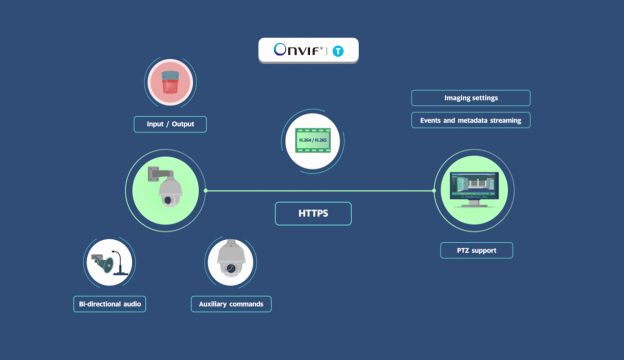In today’s market, efficient use of bandwidth and storage is an essential part of maintaining an effective video surveillance system. A video management system’s ability to provide analysis, real time event notifications and crucial image detail is only as a good as the speed and bandwidth of a surveillance network.
The video codec H.265, H.264’s successor, is increasingly being used by many companies as the standard method of compression, supported by cameras and video management systems, while a host of other manufacturers are certainly preparing for broader adoption in the coming year.
Reduced bandwidth and storage requirements are the primary benefits of video compression technologies. In some cases, H.265 can double the data compression ratio of H.264, while retaining the same quality. Increased compression rate translates into decreased storage requirements on hard drives, less bandwidth usage and fewer switches – all of which reduce overall costs of system ownership. H.265 compression delivers a lower bitrate than H.264, which is relevant to end users and integrators because the lower bitrate reduces strain on hardware and can reduce playback issues.
With Profile T, the new ONVIF video profile released in September of last year, ONVIF employs a new media service that can support new video compression formats, including H.265. The new profile is also designed to support new audio compression formats, with the ability to include new video and audio codecs as needed in the future without having to redesign its media service.






